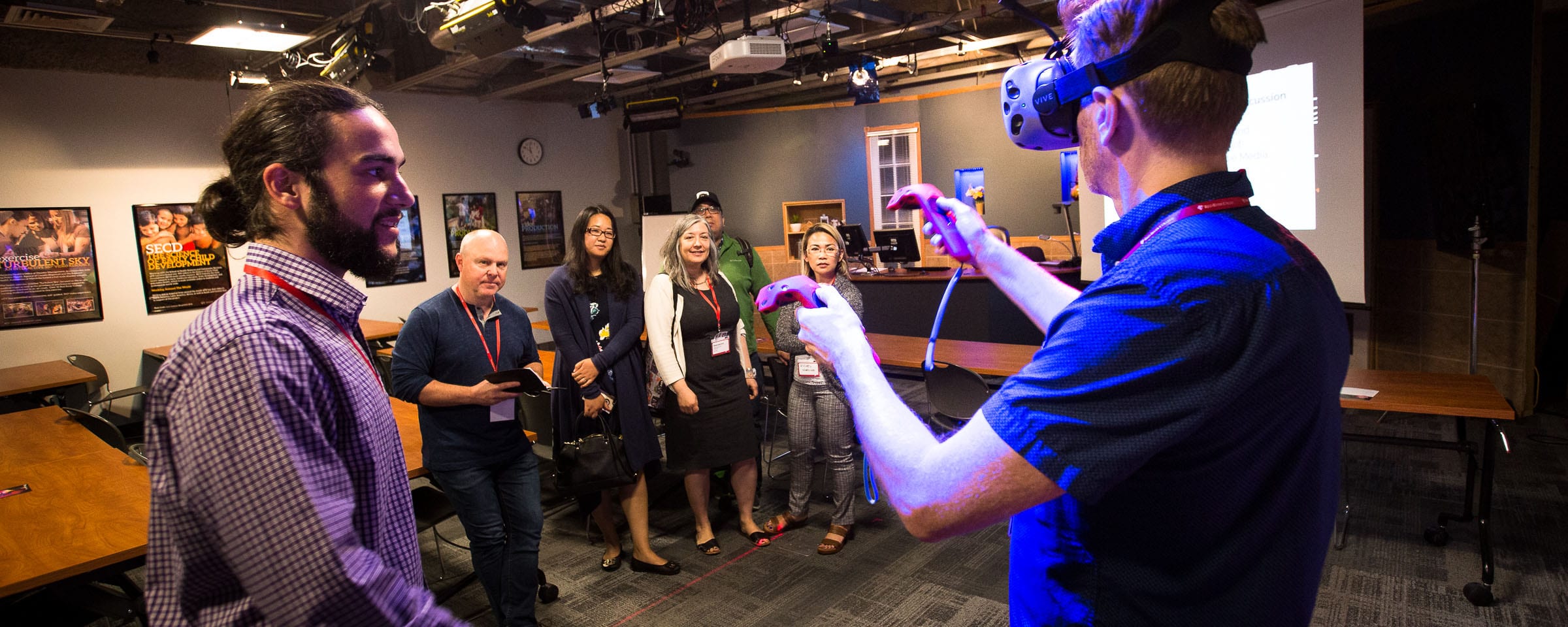SlideShark: PowerPoint Presentations on the iPad Review
 SlideShark is a PowerPoint viewer. This app is free to use on any iPad device. The application has the ability to be synced with their web interface for use on different devices you may own. For example if you uploaded a PowerPoint to the web interface, the iOS app will give you the option to download it onto your device.The one drawback to this is that when you find a PowerPoint on your device, you must first upload to the site then download it from the site onto your device where you will be able to view it. The presenter portion of the app is what you would expect from a slide presenter with nothing new in terms of features.
SlideShark is a PowerPoint viewer. This app is free to use on any iPad device. The application has the ability to be synced with their web interface for use on different devices you may own. For example if you uploaded a PowerPoint to the web interface, the iOS app will give you the option to download it onto your device.The one drawback to this is that when you find a PowerPoint on your device, you must first upload to the site then download it from the site onto your device where you will be able to view it. The presenter portion of the app is what you would expect from a slide presenter with nothing new in terms of features.
The app is free and manages PowerPoints with ease and will backup all of your PowerPoints to the cloud. With a few concerns about the process of getting PowerPoints onto your device this app does exactly what you expect from it.











